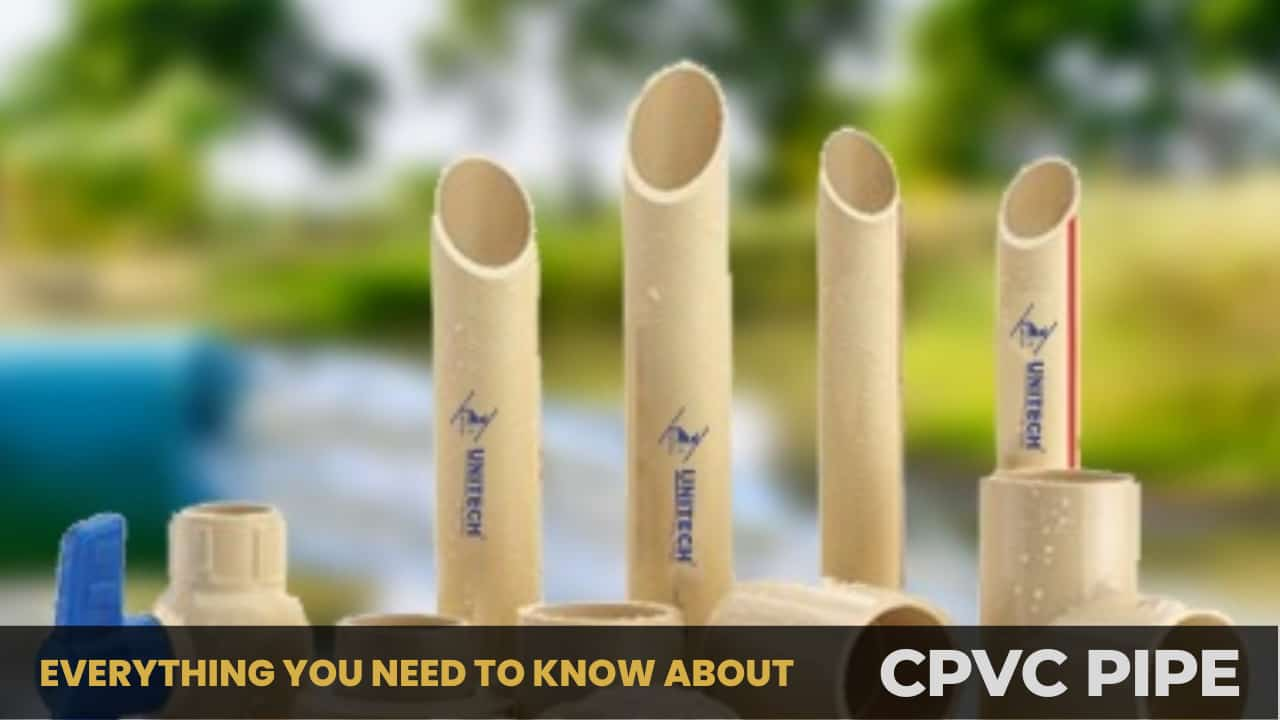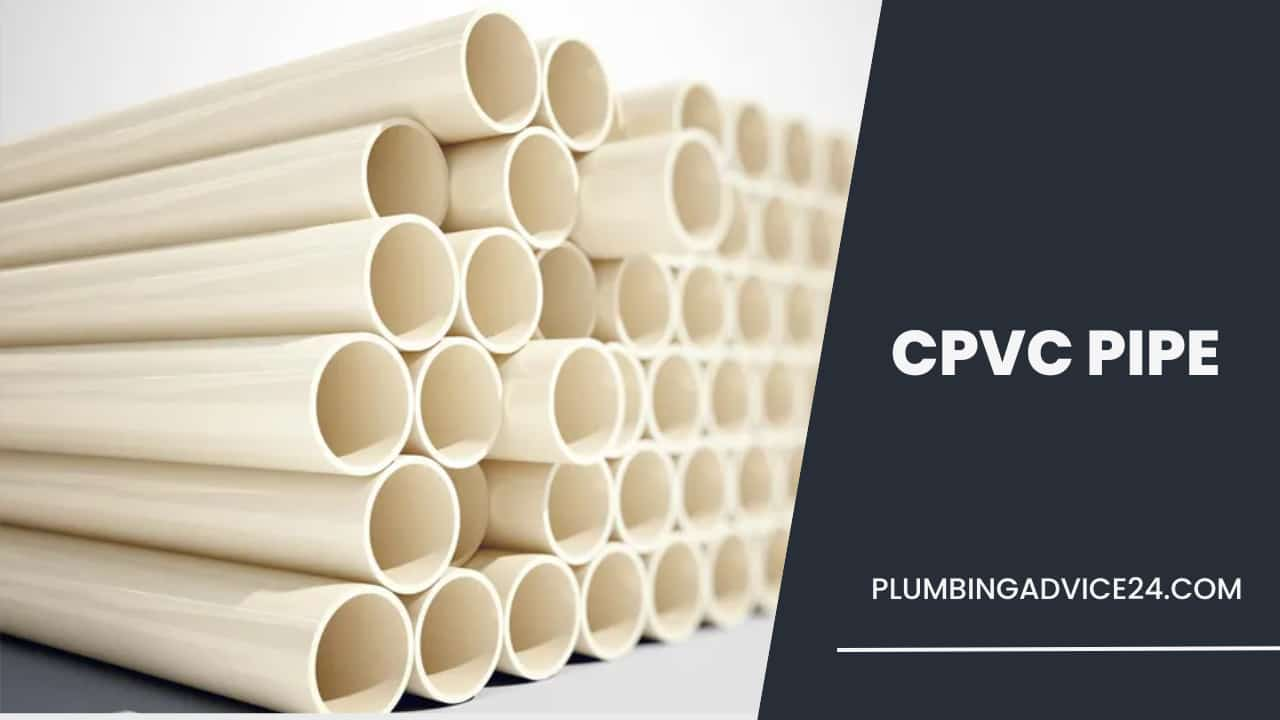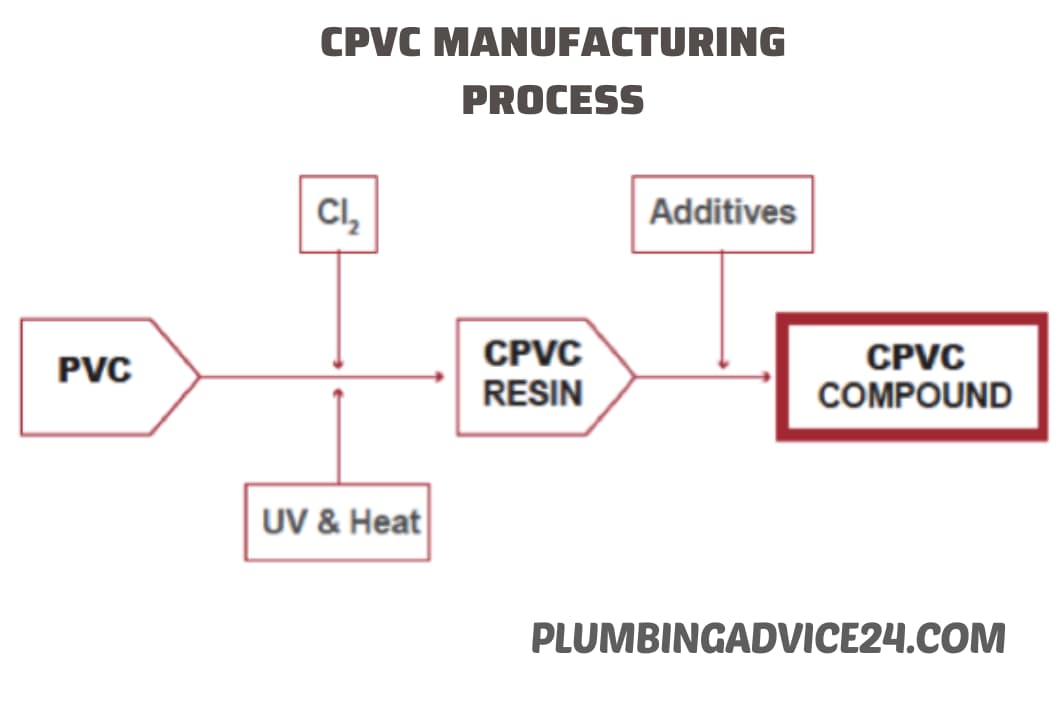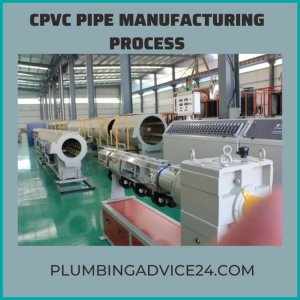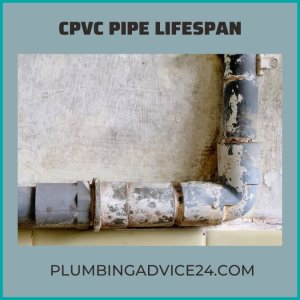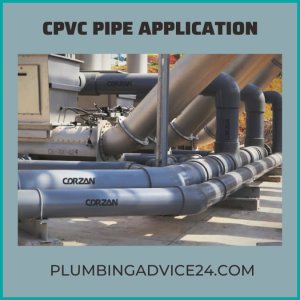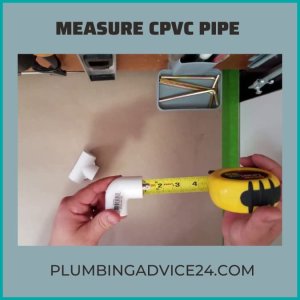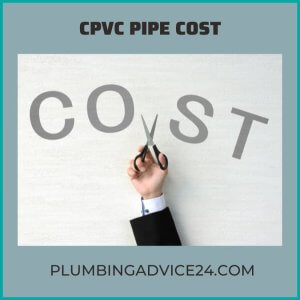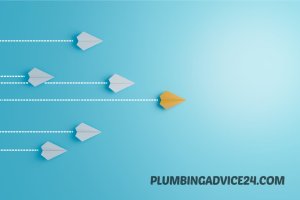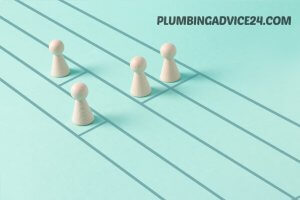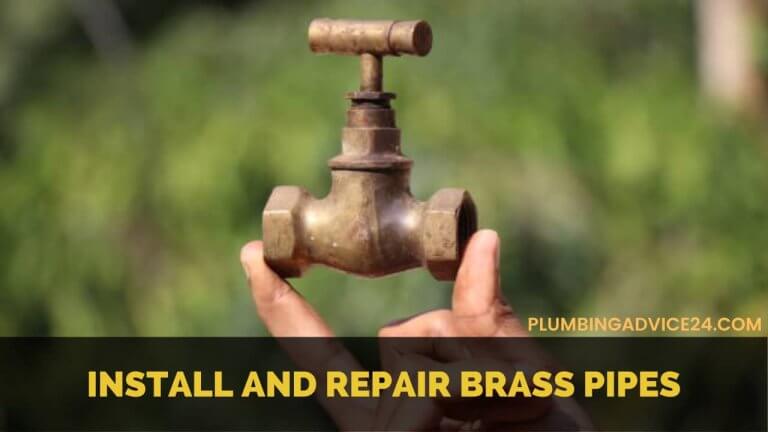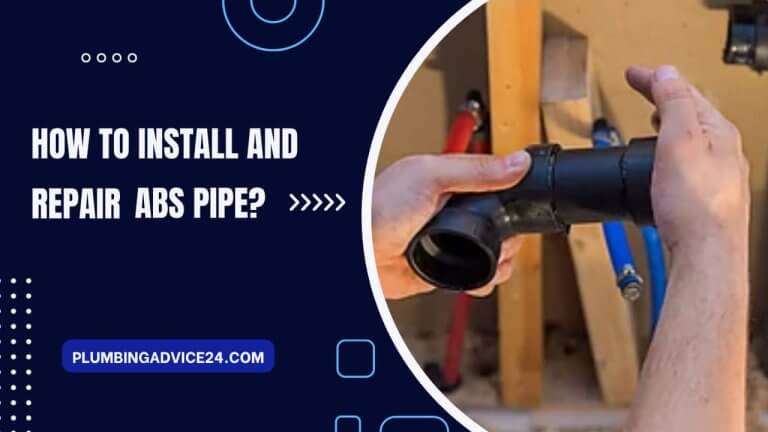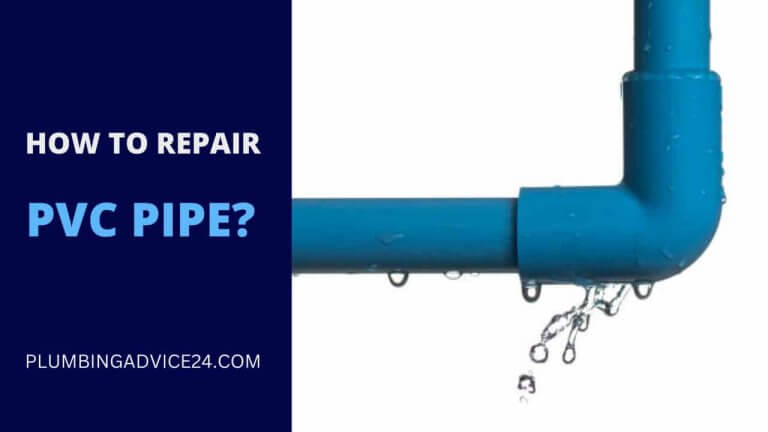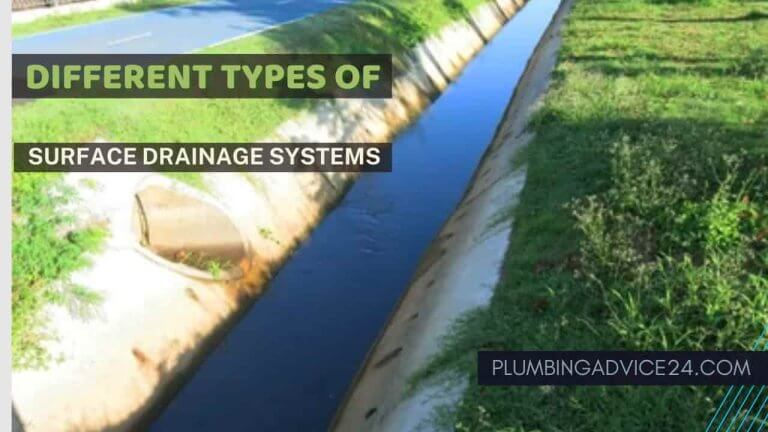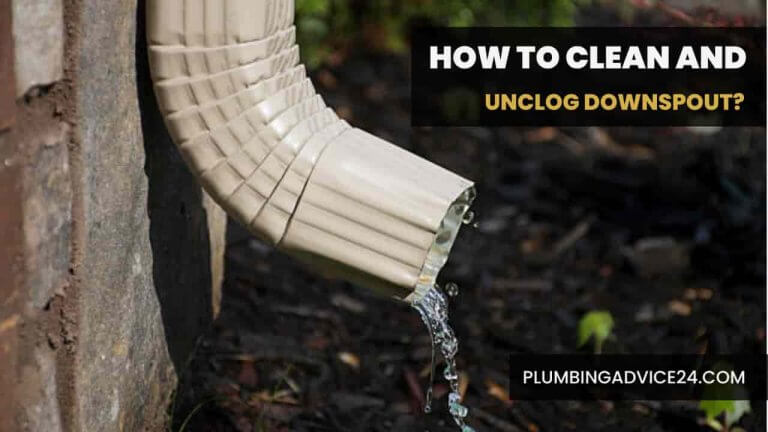Everything About CPVC Pipe
CPVC pipe is a high-temperature plastic pressure piping system introduced in 1959 for potable plumbing. It is also widely used in fire sprinkler systems since 1985. This material is also used for many industrial and process piping applications.
CPVC pipe is available in nominal sizes from 1/2″ to 24″ and is approved in all model plumbing and mechanical codes throughout the United States and Canada.
What is CPVC Pipe?
CPVC is a thermoplastic made by further chlorination of polyvinyl chloride resin. In its chemical structure, two carbon atoms are bonded together with two hydrogen atoms and two chlorine atoms. These molecules combine to form polymer chains of CPVC. CPVC offers superior resistance to degradation and offers long service life.
CPVC (chlorinated polyvinyl chloride) is a strong, durable material that has been used successfully in plumbing applications worldwide for more than 50 years. CPVC’s inherent chemical resistance, reliability, and ability to withstand high heat and pressure make it an ideal material for residential, commercial, and industrial piping and fire sprinkler systems.
What Is CPVC Pipe Made Of?
It is safe to consider CPVC as a superior material to PVC. While both are strong, impact-resistant, and somewhat flexible, CPVC excels in each of these characteristics. CPVC manufacturing process makes it resistant to chemicals and degradation, allowing it to last longer.
The following steps are considered for the CPVC pipe manufacturing process.
- CPVC is made in tablet or powder form by adding chlorine to PVC in a water slurry or fluidized bed chlorination process.
- Raw material tablets/powders are fed into a CPVC twin screw extruder.
Melting and heating are provided in multiple extruder zones. - The extruding is inserted into a pipe-shaped die to shape it.
- As the material passes through processing equipment downstream of the extruder, it is corrected to correct any asymmetry.
- A pipe of this shape is cooled.
- The pipe is cut and prepared for use. Usually cut into 10 or 20-foot sections of pipe.
CPVC Pipe Lifespan
CPVC is a strong, durable material that has been used successfully in plumbing applications worldwide for more than 50 years. The first piping systems using CPVC came in 1959 and are still working without problems.
According to experts at the International Association of Certified Home Inspectors (InterNACHI), the life span of CPVC pipes is expected to last 50 to 75 years in optimal condition. But, many area homeowners are seeing cracks in their CPVC pipes after 14 years. When these cracks occur in pipes installed behind walls or in areas with crawl spaces, they can expose the home to additional hazards.
Related Post : Install and Repair CPVC Pipes Complete Guide
What Is CPVC Pipe Used For?
CPVC pipe is a strong and rigid thermoplastic pipe used in residential construction for hot and cold potable water applications. It is designed to resist damage from highly chlorinated domestic water and withstand high temperatures.
CPVC pipes have different uses in residential, commercial, and Industries.
The most common applications of CPVC pipes are as follows,
- Potable Hot and Cold Water Distribution Systems
- Drain, West, and Vent Applications
- Agriculture, livestock, and Farm Irrigation Systems
- Underground Wiring
- Mineral Processing
- Food Handling
- Semiconductor
- Power Generation
- Chlor Alkali
- Chemical Processing
- Hydronic Piping and Distribution Such as Radiators and Fan Coils
- Wastewater Treatment Plant
- Sprinkler Applications
- Fluid Transfer
How to Measure CPVC Plumbing Pipes?
Use this quick system to find the nominal pipe size of your existing CPVC pipe given below. It works equally well for both CPVC pipe schedules 40 and 80.
First, take a measuring tape or ruler and measure from the outer edge of one side of the pipe to the very edge of the opposite side, called the “outer diameter.” Then, match that measurement to the CPVC pipe size chart below in inches.
Following is the CPVC pipe dimensions chart:
Schedule 40 CPVC Pipe Dimensions:
Following are the CPVC sch 40 pipe dimensions as Below:
| CPVC PIPE SCHEDULE 40 DIMENSION | |||||
| Pipe Size (in) |
Outer Diameter (in) |
Minimum Wall (in) |
Average Inner Diameter (in) |
Pipe Weight (lbs/ft) | Maximum Water Pressure at 73 ° (psi) |
| 1/4 | 0.540 | 0.088 | 0.354 | 0.088 | 780 |
| 3/8 | 0.675 | 0.091 | 0.483 | 0.117 | 620 |
| 1/2 | 0.840 | 0.109 | 0.608 | 0.177 | 600 |
| 3/4 | 1.050 | 0.113 | 0.810 | 0.235 | 480 |
| 1 | 1.315 | 0.133 | 1.033 | 0.349 | 450 |
| 1 1/4 | 1.660 | 0.140 | 1.364 | 0.471 | 370 |
| 1 1/2 | 1.900 | 0.145 | 1.592 | 0.567 | 330 |
| 2 | 2.375 | 0.154 | 2.049 | 0.760 | 280 |
| 2 1/2 | 2.875 | 0.203 | 2.445 | 1.205 | 300 |
| 3 | 3.500 | 0.216 | 3.042 | 1.578 | 260 |
| 4 | 4.500 | 0.237 | 3.998 | 2.247 | 220 |
| 6 | 6.625 | 0.280 | 6.031 | 3.960 | 180 |
| 8 | 8.625 | 0.322 | 7.943 | 5.952 | 160 |
| 10 | 10.750 | 0.365 | 9.976 | 8.450 | 140 |
| 12 | 12.750 | 0.406 | 11.890 | 11.162 | 130 |
| 14 | 14.000 | 0.437 | 13.072 | 13.233 | 130 |
| 16 | 16.000 | 0.500 | 14.940 | 17.275 | 130 |
Schedule 80 CPVC Pipe Dimensions :
Following are the CPVC sch 80 pipe dimensions as Below:
| CPVC PIPE SCHEDULE 80 DIMENSION | |||||
| Pipe Size (in) |
Outer Diameter (in) |
Minimum Wall (in) |
Average Inner Diameter (in) |
Pipe Weight (lbs/ft) | Maximum Water Pressure at 73 ° (psi) |
| 1/4 | 0.540 | 0.119 | 0.288 | 0.110 | 1130 |
| 3/8 | 0.675 | 0.126 | 0.407 | 0.153 | 920 |
| 1/2 | 0.840 | 0.147 | 0.528 | 0.225 | 850 |
| 3/4 | 1.050 | 0.154 | 0.724 | 0.305 | 690 |
| 1 | 1.315 | 0.179 | 0.935 | 0.450 | 630 |
| 1 1/4 | 1.660 | 0.191 | 1.256 | 0.621 | 520 |
| 1 1/2 | 1.900 | 0.200 | 1.476 | 0.754 | 470 |
| 2 | 2.375 | 0.218 | 1.913 | 1.043 | 400 |
| 2 1/2 | 2.875 | 0.276 | 2.289 | 1.594 | 420 |
| 3 | 3.500 | 0.300 | 2.864 | 2.132 | 370 |
| 4 | 4.500 | 0.337 | 3.786 | 3.116 | 320 |
| 6 | 6.625 | 0.432 | 5.709 | 5.951 | 280 |
| 8 | 8.625 | 0.500 | 7.565 | 9.040 | 250 |
| 10 | 10.750 | 0.593 | 9.492 | 13.413 | 230 |
| 12 | 12.750 | 0.687 | 11.294 | 18.440 | 230 |
| 14 | 14.000 | 0.750 | 12.410 | 22.119 | 220 |
| 16 | 16.000 | 0.843 | 14.214 | 28.424 | 220 |
Related Post : What Is a PVC Pipe | How to Measure PVC Pipe Size | PVC Pipe Installation Cost
CPVC Pipe Cost
This pipe is rigid plastic piping that has thick walls and can be used for hot and cold drinking water pipes. CPVC pipe costs $0.40 to $1.56 per linear foot. Schedule 80 CPVC pipe will be significantly more expensive than schedule 40 CPVC pipe.
CPVC Schedule 40 and CPVC Schedule 80 pipes have different prices and characteristics, which are as follows:
| Characteristic | Schedule 40 CPVC | Schedule 80 CPVC |
| Cost | $2.50 I ft | $3.02 I ft |
| Sizing | NPS, CTS | NPS, CTS |
| Color | light grey, off-white, yellow | light grey, off-white, yellow |
| End Shape | plain | plain |
| Max & Min Temp | 200° F & 33° F | 200° F & 33° F |
| Working Max Pressure | 450 PSI | 630 PSI |
Advantages of CPVC Pipes
CPVC pipe works very well as a potable water distribution pipe, making it an ideal choice for residential plumbing applications. Its long-lasting and durable characteristics make it an excellent choice in residential settings.
The following are the advantages of CPVC pipe:
- CPVC pipes are the preferred medium for transporting water and electricity in various sectors. Their high resistance to heat and corrosion is a major contributor to their widespread use.
- CPVC is lightweight, weighing about one-eighth the weight of steel piping of comparable size. This means less complex equipment, faster installation, and easier maintenance, reducing labor time.
- It is strong and durable and highly resistant to stress, making it a suitable material for pipes and tubes capable of working underground.
- CPVC pipe and fittings are installed using a simple two-step process, which chemically fuses the pipe to the fitting to create a highly reliable joint. When installed correctly, the solvent-cemented CPVC joint becomes the strongest part of the entire system, providing greater durability than pipe or fittings alone.
- An advantageous chemical property of CPVC is its stiffness or resistance to chemical reactions with other materials. This makes transportation of drinking water and water used for domestic purposes safe.
- The extra chlorine in CPVC increases the chemical strength and helps prevent bacteria/biofilm build-up inside the pipes. This makes these pipes the best choice for potable water.
- CPVC piping systems require little or no maintenance when properly installed. In addition, external pipe coatings are not necessary because CPVC remains unaffected by even the most aggressive soil and air conditions.
- CPVC pipes can last 50 to 75 years. When it is installed underground, it makes a low-maintenance and convenient material for large pipeline networks so that its maintenance and overhaul costs are lower than other pipe materials.
Disadvantages of CPVC Pipes
CPVC becomes brittle at the eight to ten-year mark and is more prone to failure in hot areas. Most home builders have switched from CPVC to Pex because of the high failure rate of CPVC.
Following are the disadvantages of CPVC pipe:
- Although cost is included as an advantage of CPVC, when compared to PVC, it proves to be more expensive.
- CPVC pipes have high heat resistance. However, after a few years of installing CPVC pipes used in continuous hot chlorinated water service, the pipes deteriorate and become brittle.
- CPVC pipes are prone to cracking with prolonged exposure to sunlight. Due to this, these pipes are not used in areas with constant sunlight.
- Although CPVC pipes have a lifespan of 50 to 75 years, these pipes tend to fail prematurely. Due to this, the manufacturers have reduced its warranty from 25 years to 10 years.
Related Post : Difference Between PVC and CPVC
What Does Cpvc Pipe Stand For?
CPVC pipe stands for chlorinated polyvinyl chloride. CPVC is a thermoplastic made by further chlorination of polyvinyl chloride resin. In its chemical structure, two carbon atoms are bonded together with two hydrogen atoms and two chlorine atoms. These molecules combine to form polymer chains of CPVC.
What Does CPVC Pipe Look Like?
CPVC is a strong, durable material that has been used successfully in plumbing applications, and it is off-white, light gray, or yellow in color.
Is CPVC Good for Plumbing?
CPVC pipe works very well as a potable water distribution pipe, making it an ideal choice for residential plumbing applications. Its long-lasting and durable characteristics make it an excellent choice in residential settings.
Is CPVC Safe for Drinking Water?
The extra chlorine in CPVC increases the chemical strength and helps prevent bacteria/biofilm build-up inside the pipes. This makes these pipes the best choice for drinking water.
How Long Will CPVC Pipe Last?
According to experts at the International Association of Certified Home Inspectors (InterNACHI), the life span of CPVC pipes is expected to last 50 to 75 years in optimal condition. But, many area homeowners are seeing cracks in their CPVC pipes after 14 years.
Is CPVC Chemical Resistant?
An advantageous chemical property of CPVC is its stiffness or resistance to chemical reactions with other materials. CPVC has proven through the years that it offers superior chemical resistance and more reliable performance in a number of key chemical industries.
Can CPVC Be Used Underground?
CPVC is strong and durable, and highly resistant to stress, making it a suitable material for pipes and tubes capable of working underground.
Is CPVC Good for Hot Water?
CPVC is a strong and rigid thermoplastic material that is used for hot and cold potable water applications in residential construction. Because of its makeup, CPVC is immune to damage from highly chlorinated domestic water and has a higher temperature tolerance.
What Is the Life Expectancy of CPVC Pipe?
Although CPVC pipes have a lifespan of 50 to 75 years, these pipes tend to fail prematurely. Due to this, the manufacturers have reduced its warranty from 25 years to 10 years.
How Much Does CPVC Pipe Cost?
CPVC pipe costs $0.40 to $1.56 per linear foot. Schedule 80 CPVC pipe will be significantly more expensive than schedule 40 CPVC pipe.
If You Liked This Post? So Share It with Your Friends
Suggested Articles:
- Types of Water Pipes for Homes | Pipes for Water Supply
- What Is uPVC Pipe | uPVC Pipe Manufacturing Process | uPVC Pipe Lifespan | uPVC Pipe Applications | uPVC Pipe Size | uPVC Pipe Cost
- Types of PVC Pipes | Schedule 40 Vs Schedule 80
- PEX Pipes For Plumbing | PEX Pipe Sizes
- What Is a Sewer Line | Types of Sewer Pipes | Best Sewer Line Insurance Company
